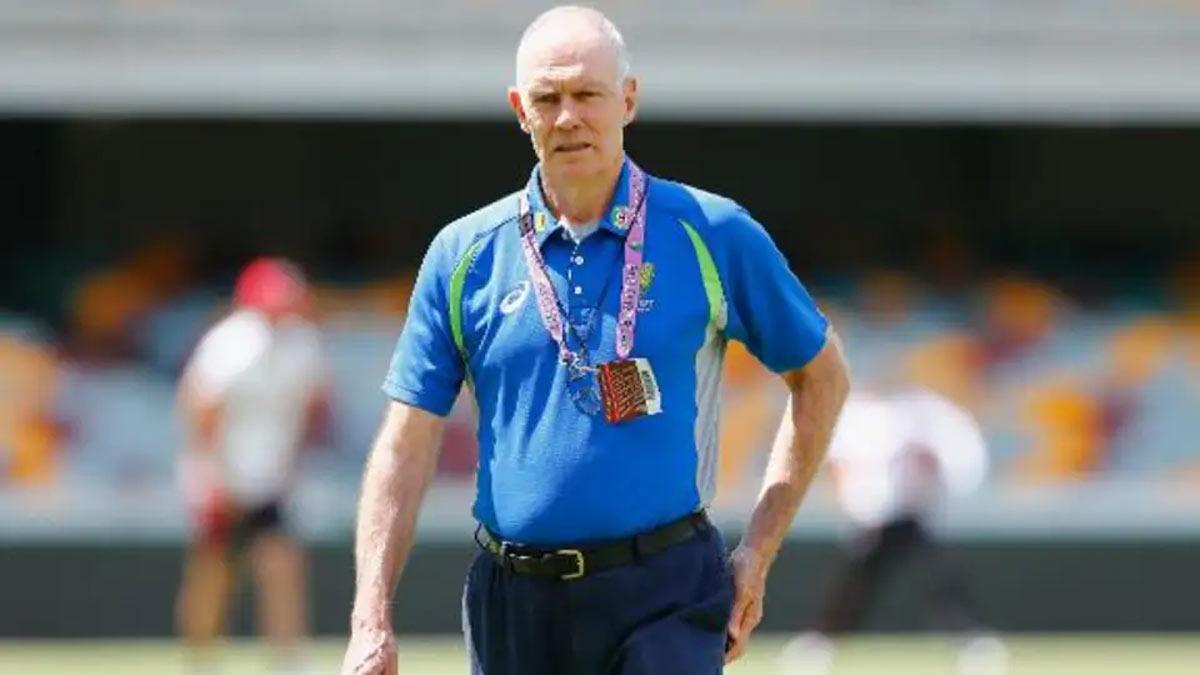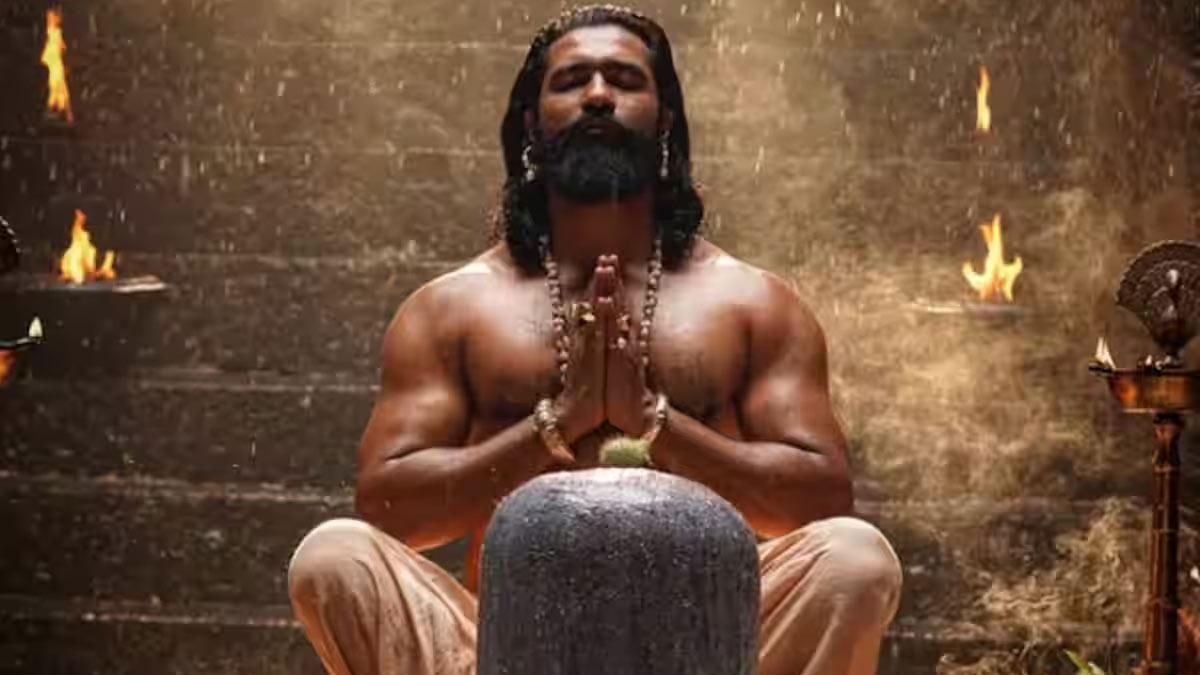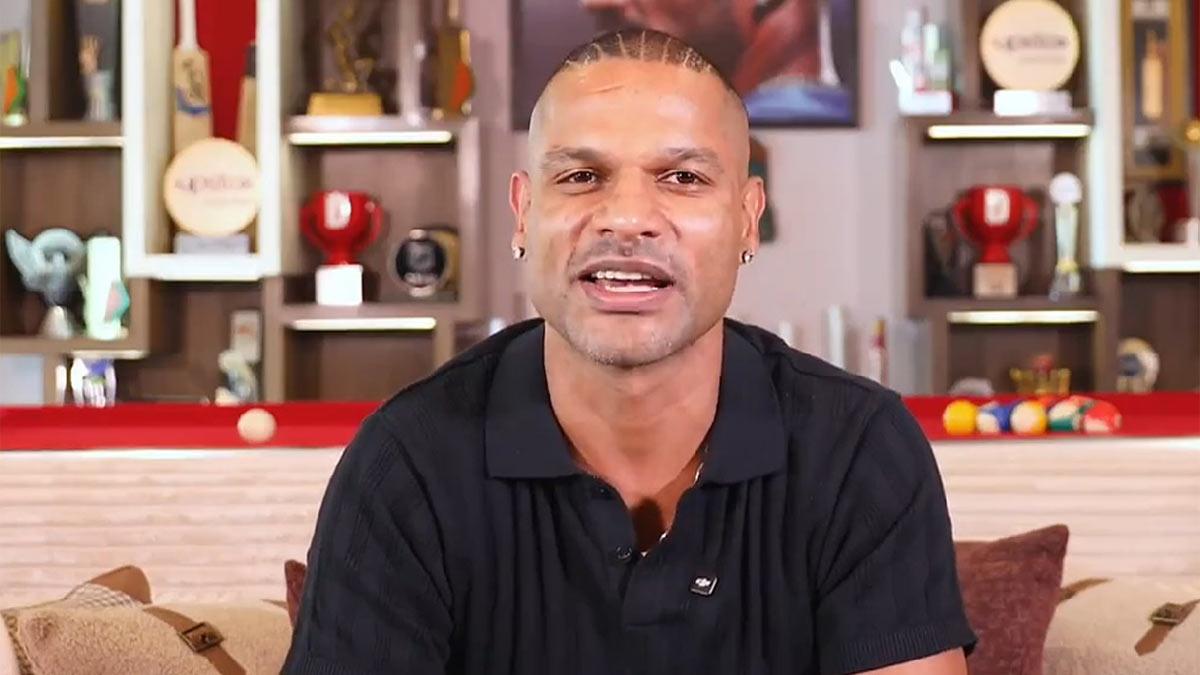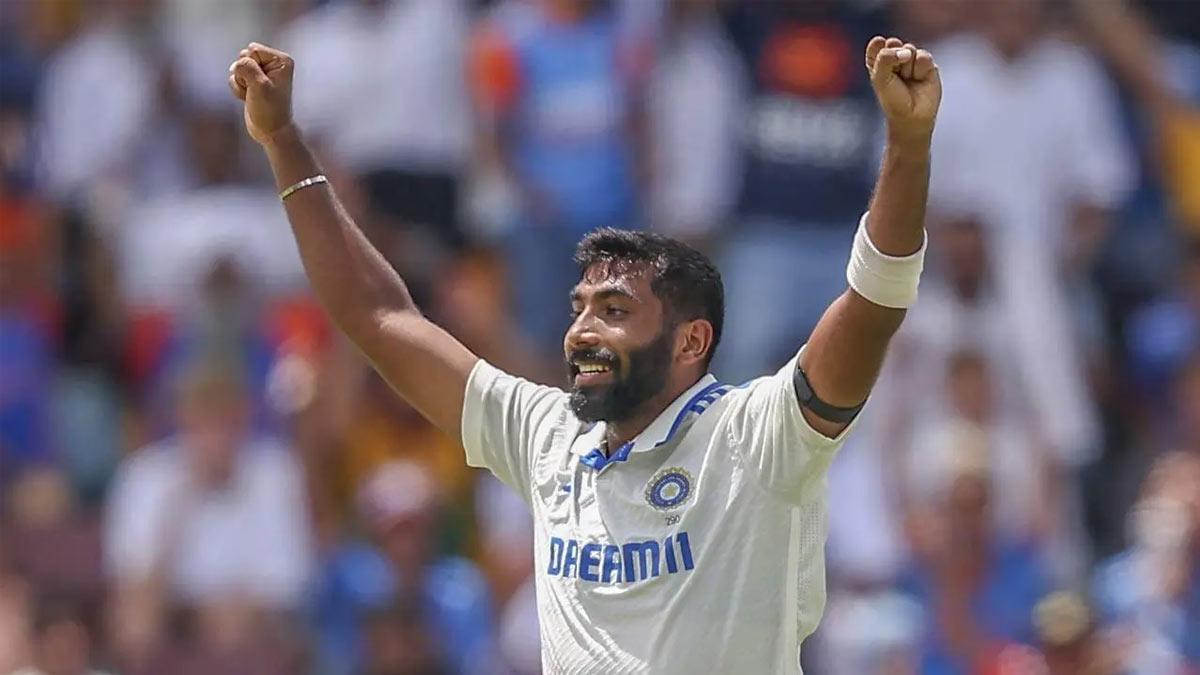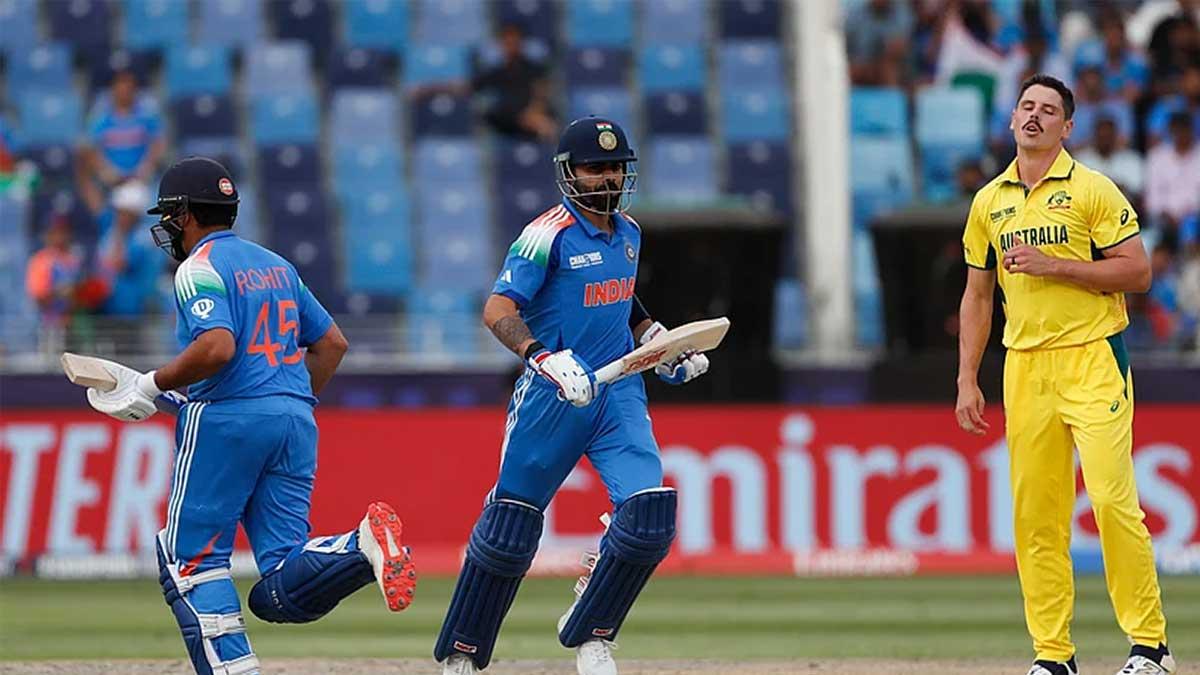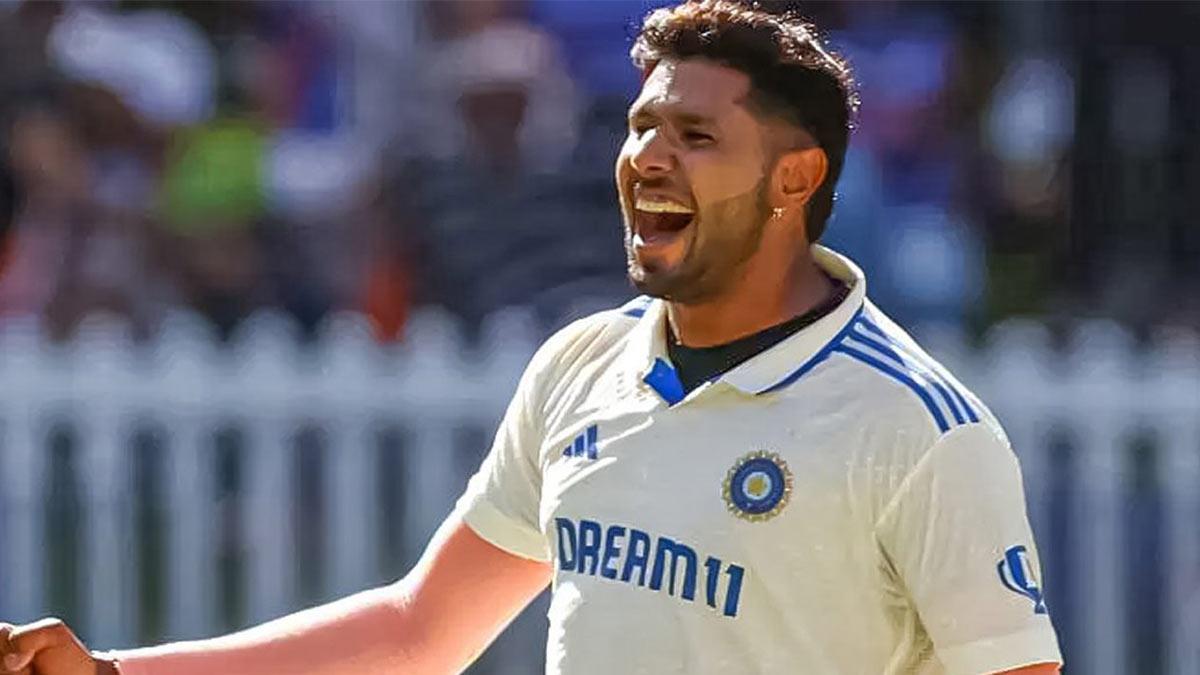Former Australia cricketer Greg Chappell believes that for the modern greats of cricket like Virat Kohli, Steve Smith, and Joe Root, the end will come, but not when others tell them, but when they know.
It explores a truth where it simply had to happen about elite batsmen and in fact goes a long way towards explaining Kohli, Smith, or Root's decline in cricket careers. Chappell studies a phenomenon he names "Elite Performance Decline Syndrome," offering a unique glimpse of the mental battles cricketers face along with those of the body as players start their twilight stage in a cricket career.
Chappell starts by noting how decline, though gradual, is impossible to ignore. Even the very best players—those who once dominated with panache and confidence—begin to falter. "For players like Kohli, Smith, and Root, the decline isn't dramatic," Chappell wrote in an opinion piece for The Sydney Morning Herald. "It's subtle—a shift in approach, a caution that replaces the instinctive dominance of their prime."
"For Kohli, Smith, and Root, the end will come—not when others tell them, but when they know," Chappell writes. "The battle against time is not about winning; it's about finishing with dignity, on their own terms."
Kohli, who once intimidated bowlers with his commanding starts, has begun to exhibit a cautious approach. "He now builds his innings differently, often needing 20 or 30 runs to regain the fluency that once came naturally," Chappell notes.
This hesitancy, Chappell argued, is emblematic of EPDS. Kohli’s instinctive aggression, tempered by the weight of expectations and the fear of failure, has made him more risk-averse. "Confidence is everything for an elite athlete," Chappell writes. "When doubt creeps in, it disrupts the clarity required to dominate. Kohli’s internal battle is clear—his desire to attack versus his cautious approach to survival."
Steve Smith, the unorthodox brilliance, and extraordinary ability to grind out runs, is fighting a different facet of EPDS. "Smith's decline has been more mental than physical," Chappell suggests.
The level of intense focus and preparation that defined Smith's batting is harder to maintain over time. "Fatigue—both mental and physical—is a silent enemy," Chappell writes. "For Smith, maintaining that razor-sharp focus over long innings has become increasingly challenging. The weight of expectations, from fans and teammates alike, only adds to the emotional toll."
For Joe Root, the battle is as much about mindset as it is about form. Root's stroke play has always been graced with elegance, and his ability to adapt to any situation has remained a hallmark of his game. However, Chappell notes that there is a subtle shift in his intent. "Root's ability to dominate spinners and pace alike is still there, but his willingness to take risks has diminished," Chappell observes.
Root's problem is to recapture the batting delight that so often gets lost in the burden of responsibility. "The hardest thing isn't the bowler at the other end," Chappell writes. "It's the silence in your own head when you know you're not the player you once were."
Chappell dove deep into the scientific underpinnings of EPDS and explained how ageing impacts the mind and body. "These changes are inevitable," Chappell writes. "The challenge is how players like Kohli, Smith, and Root adapt to them."
For players from cricket-mad nations such as India, Australia, and England, the pressures of decline are magnified further by public scrutiny. "Every slump in form is dissected by fans and pundits - that's a mental burden in itself," Chappell said.
"These players are not fighting just their own battles, writes Chappell. "They're carrying the weight of millions of fans who demand perfection." He recalls Sunil Gavaskar's words: "The hardest part of batting is knowing you aren't what you were.
Despite the challenges, Chappell believed that great players find ways to adapt. He points to Kohli’s recent performances, where after cautious starts, he rediscovered his rhythm and delivered match-winning innings. Similarly, Smith’s ability to grind through tough conditions and Root’s adaptability to different formats are testaments to their resilience.
"Reaching 20 or 30 runs acts as a psychological turning point," Chappell writes. "It's a moment where the rhythm of their younger selves resurfaces, reminding them—and us—why they're among the greatest of all time."
Chappell concluded the book by reflecting on his own career and the emotional struggle with letting go. In a final Test at the SCG, he summoned enough mental focus of his young self to score a hundred, a fitting end for his journey.
Chappell also urged fans to celebrate these players not merely for their peak performances but for their resilience in decline.
"Greatness is not just about what they achieve in their prime. It's about how they adapt, endure, and finish. Kohli, Smith, and Root are writing the final chapters of their stories, and we should honour their courage as much as their brilliance."
Read also| Rashid Latif Calls Ashwin a Genius, Predicts Future Leadership in BCCI and ICC
Read also| BGT 2024-25: Bumrah is a right-hand version of Wasim Akram, says Justin Langer

